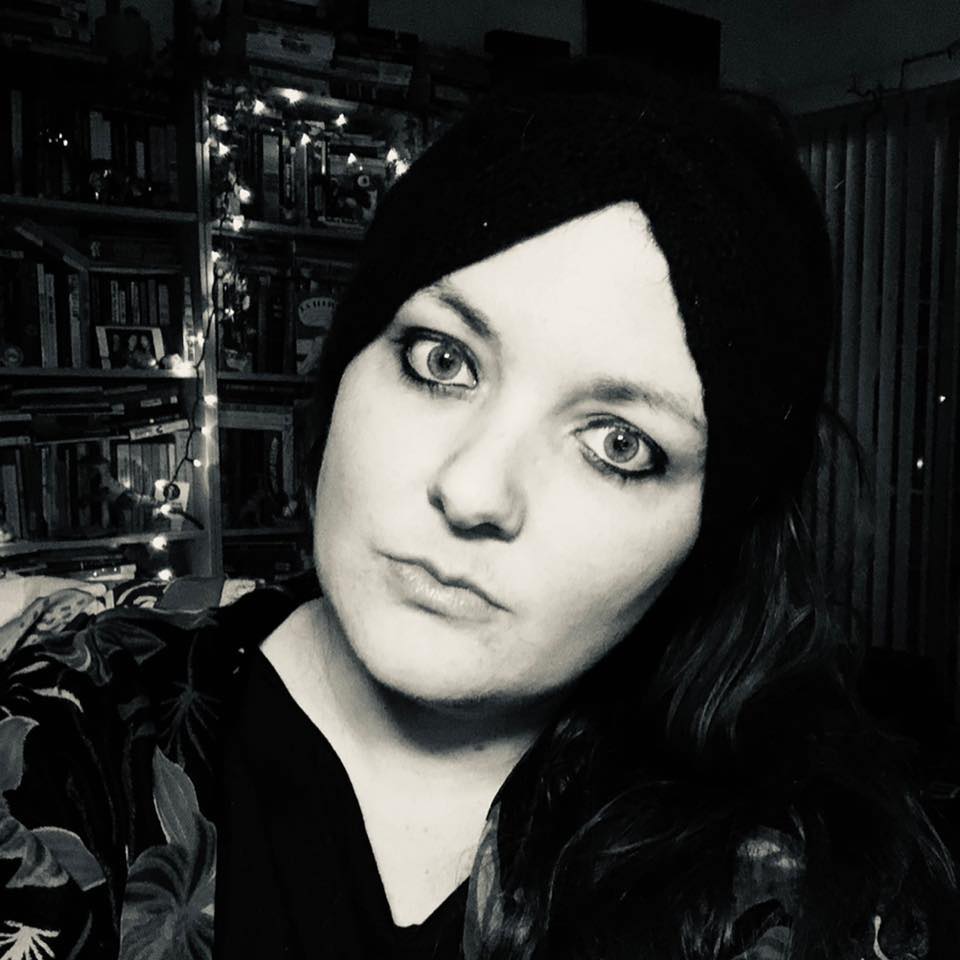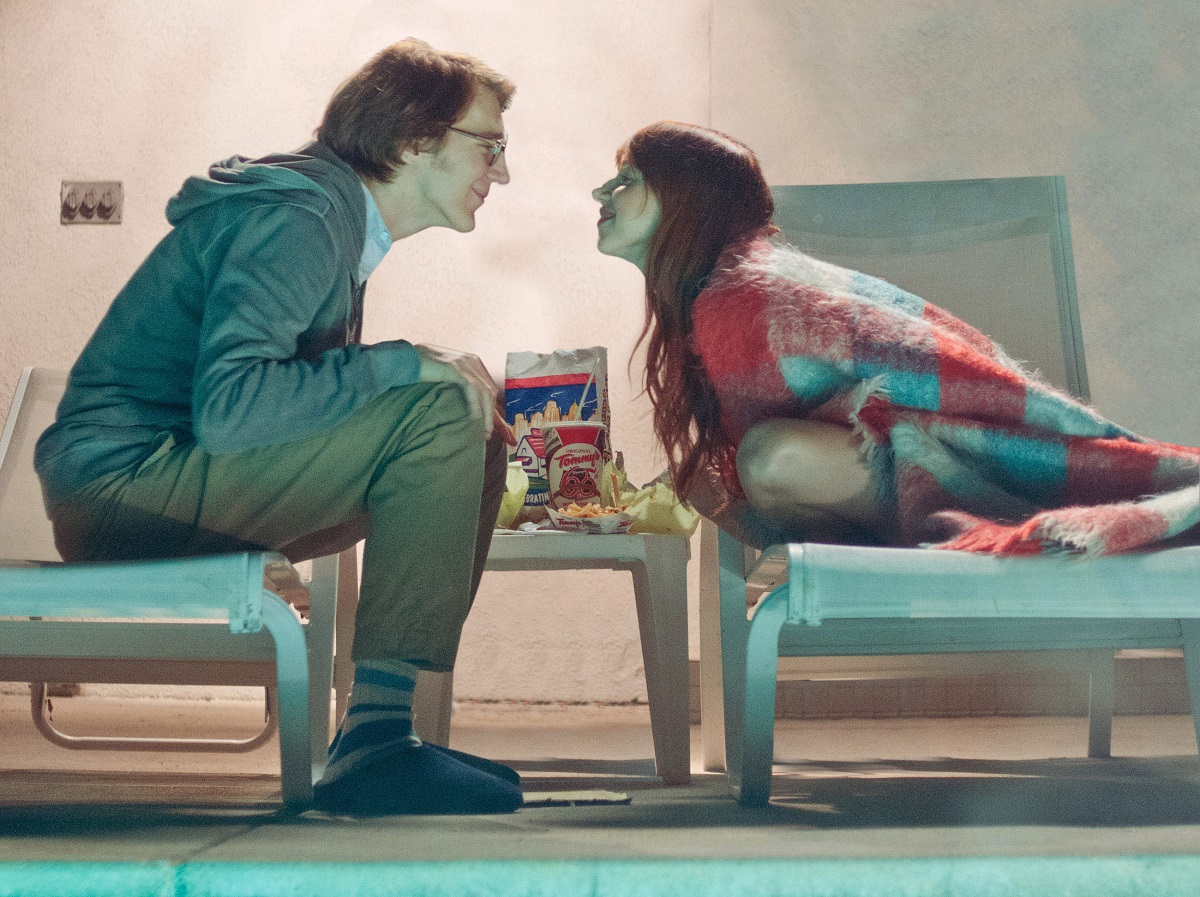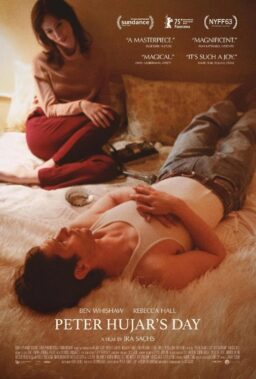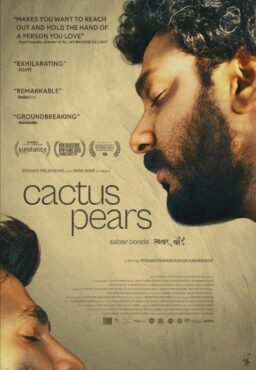In Greek mythology, there was a sculptor from Cyprus who carved a woman, Galatea, out of ivory so lovely he fell in love with her. He became so obsessed that he made offerings at the altar of Aphrodite, who granted his wish to make her real. This myth of Pygmalion has inspired countless novels, plays, and films, the best of which show the folly behind falling in love with your creation. In “Ruby Sparks,” ten years old today, writer/star Zoe Kazan takes this one step further, using the myth to not just critique the perils of projecting a fantasy on your romantic partner, but also explore how female characters are perceived in the era of the Manic Pixie Dream Girl.
In a special feature on the film’s Blu-ray, Kazan asks, “How do you love all of someone and not just pick and choose parts?” This is the central theme of her film, directed by Jonathan Dayton and Valerie Faris. Written specifically for her partner Paul Dano, “Ruby Sparks” follows Calvin Weir-Fields, a 29-year-old writer who is struggling to finish a second book after the breakout success of his first novel ten years earlier. Still nursing the wounds after a breakup from his girlfriend of five years Lila (Deborah Ann Woll), who left shortly after his father died, Calvin regularly sees a therapist, Dr. Rosenthal (Elliott Gould).
“Girls aren’t interested in me. They’re interested in some idea of me,” he laments during one session, while also complaining that his dog Scotty embarrasses him because he is scared of people and “pees like a girl.” Dr. Rosenthal recommends Calvin work through his writer’s block and his feelings about Scotty, which are clearly a proxy for his own self-worth, by writing a page in which someone likes Scotty just as he is. That night, Calvin is visited by his dream girl: Ruby (Zoe Kazan).

We actually first meet Ruby in the opening shot of the film. Kazan appears as a silhouette coming out of the sun, awash in its amber glow. A clichéd fantasy entrance if there ever was one, which we later discover comes directly from Calvin’s writing. After completing the writing assignment, he describes Ruby to Dr. Rosenthal with increasingly insipid details. She’s 26 years old and from Dayton, Ohio (because it sounds romantic). Her first crushes are Humphrey Bogart and John Lennon. She was kicked out of high school for sleeping with her art teacher … or Spanish teacher—he can’t decide. She can’t drive and doesn’t own a computer. She hates her middle name, which is Tiffany. Her last boyfriend was 49. The one before was an alcoholic. She forgets to pay bills or cash checks. As he runs through this list, we see Ruby in all her quirky detail. Roller skating in bright red skates, riding on the back of a Harley wearing black leather, bicycling through idyllic woods.
Calvin, we must remember, is an esteemed writer whose breakout novel Heartbroken Old Times is described as a new American classic. One whose sudden impact we’re told was so great, even though the novel is only a decade old, it’s already taught in high school. The only detail revealed about the content of that novel comes from a Q&A he attends celebrating its anniversary. An eager reader asks if the women in the whorehouse are wearing blue to match the blue of the apron worn by the protagonist’s mother. A 19-year-old boy wonder praised for writing the Great American Novel, yet he clearly knows very little about women beyond the mother-whore dichotomy. This excerpt, and the early description of Ruby sound very much like the many bad descriptions of women written by men female writers have shared on social media.
In an interview with The Irish Times, Kazan shared that her feminist up-bringing and the way her parents shared all household tasks equally inspired her to examine the contradictions she felt when she first started dating. She found herself “being expected to behave in an almost subservient way” and wanted to craft a story that explored the feeling of being “gazed at but never seen.”

After Calvin finishes describing Ruby he adds, “She’s complicated. Which is what I like best about her.” As the film progresses, Kazan makes it very clear that Calvin’s idea of what complicated means, and the reality of actually getting to know someone’s complications, are not the same thing. His brother Harry (Chris Messina) tells him “quirky, messy women whose problems make them endearing are not real. Women are different up close,” and that “you haven’t written a person … you’ve written a girl.”
Calvin pointedly uses the word “girls” earlier in his session with his therapist, just as Harry pointedly uses the word “women” at first and then “girl” when describing Calvin’s creation. While Lena Dunham may have attempted to reclaim the word for young women in their twenties with her HBO show, there remains a stark difference between women in all their complexity, and the diminutive way in which the term “girl” is used to dismiss that same complexity. Studies show it may even have damaging psychological effects.
Enter the Manic Pixie Dream Girl. Coined by critic Nathan Rabin to describe Kirsten Dunst’s character in “Elizabethtown,” the phrase has taken on a life of its own. While originally it was intended to critique the idea of fantasy women created by men who have no interiority or no purpose in the story other than to inspire the male character at its center, it’s retroactively been used to describe iconic characters such as Diane Keaton’s Annie Hall and Katharine Hepburn in “Bringing Up Baby.” Kazan herself has said she hates the phrase because “women get described that way, but it’s really reflective of the man who is looking at them, and the way that they think about that girl.”
It seems what Kazan dislikes is less the phrase in its original use, and more the manner in which it’s been used in the years since its creation. The phrase MPDG, like the Bechdel Test, has warped into a way of easily measuring the quality of a film based on a set of metrics, but in doing that there is a loss of nuance in the discussion of how and why something was created the way it was. For Calvin, writing Ruby as a girl keeps her simple (even if he thinks of her as complicated) and keeps her something he can control.

Like Pygmalion’s Galatea, one day Ruby is no longer confined to the page or Calvin’s dreams, manifesting as a real person in his kitchen—dressed, of course, in only one of his button down shirts. Despite her appearance in the flesh, he discovers he can still control her with the stroke of his typewriter. His brother Harry sees this as an opportunity for Calvin to “tweak” what he finds annoying about Ruby because, being married and having a newborn child at home, he knows their honeymoon phase won’t last. At first Calvin dismisses this idea, locking his writing away, happy to just enjoy being with this perfect girl he’s created. However, soon Calvin’s old habits creep into this new relationship.
After hearing Calvin’s side of what happened with his ex-girlfriend Lila several times throughout the film, when we finally meet her we again see the way her story was shaped from Calvin’s gaze, not of her own making. Hearing that Ruby is an artist and not a fellow writer, Lila says that must be unthreatening for him. He pushes back, claiming he was never threatened by Lila as a writer. She retorts he only begrudgingly accepted that she was a writer, recalling “You were never curious about me. You just had this image of who I was and anything I did that contradicted it you ignored it.”
From this glimpse at Calvin’s past, a pattern emerges. It’s not just the “girls” who only have an image of who Calvin is, he himself only wants the dream version of the women in his life. Ruby begins to see Calvin’s warped sense of women for herself after a disastrous visit to his mother (Annette Bening) at her new artist boyfriend’s (Antonio Banderas) home in Big Sur. All Ruby sees is a happy couple and a woman who has embraced her own desires. All Calvin sees is a brainwashed woman in a caftan. When his father was alive she “wore polos and cooked meat.” It’s clear Calvin only saw his parents’ relationship from a distance. Only knows his mother as a figure, not as a real, complex woman.
As Ruby begins to pull away, realizing Calvin has no friends beyond her and has no desire to let her have a life outside of him, he writes her back into a cage. Here Kazan shows in chilling detail the reality of what it would be like if these controlling men got their way. When he writes she is miserable without him, she becomes so clingy she has to hold his hand at all times, clinging to him like a baby gorilla does its mother. When he writes she is happy, Ruby becomes a hyper, happy, game show host-like zombie. Earlier he described his mother as “brainwashed” by her happy, healthy new relationship, yet he does not see the irony of literally brainwashing Ruby as a last ditch effort to keep her from leaving him.

The final sequence of the film takes this controlling behavior to the hilt, as Calvin reveals to Ruby that he can control her. He makes her bark like a dog, snap her fingers, and repeat the phrase “You’re a genius” over and over and over. Kazan’s performance is astounding here; a mannequin gone haywire. It takes this extreme abuse of power for Calvin to realize his own faults and to finally set Ruby free.
According to Ovid, Pygmalion marries Galatea, his statue turned flesh, and the two have a daughter. In “Ruby Sparks,” he sets her free, but uses the experience for his next book, titled “The Girlfriend.” Does this then make Ruby, despite all the complexity imbued to the character by Kazan, yet another example of a MPDG? Did she go through all of that just so Calvin could grow up a little bit and write another Great American Novel, for which he’ll get all the credit? Maybe.
Perhaps the ending of “Ruby Sparks” serves as a reflection of the relative youth of its creator—Kazan was still in her twenties when she wrote it. Or you can interpret it as what is dictated by the conventions of the rom-com, in which audiences expect a “happy” ending. She and Dano would team up again six years later for his directorial debut “Wildlife,” co-writing the screenplay. The Carey Mulligan-Jake Gyllenhaal led film explores the complexities of love and romantic relationships with much greater nuance and depth, ending on the kind of bittersweet note for which the drama genre allows.
Either way, ten years on “Ruby Sparks” continues to work as a snapshot of how thinking about the way women are represented in film was beginning to shift, just as more data ramped up the critical discourse on the need for more women working behind the scenes. We see the lasting effects of how women are shown on screen in films directed by women as wide ranging as Gillian Robespierre’s “Obvious Child” to Cathy Yan’s “Birds of Prey,” which each in their own way sought to bring more complex, nuanced representation of the lives of women to genre cinema.
Kazan may have been inspired by her own dating experiences, but in exploring them she crafted a film that spoke to a moment, and to the many women who finally felt truly seen, not just gazed upon.












